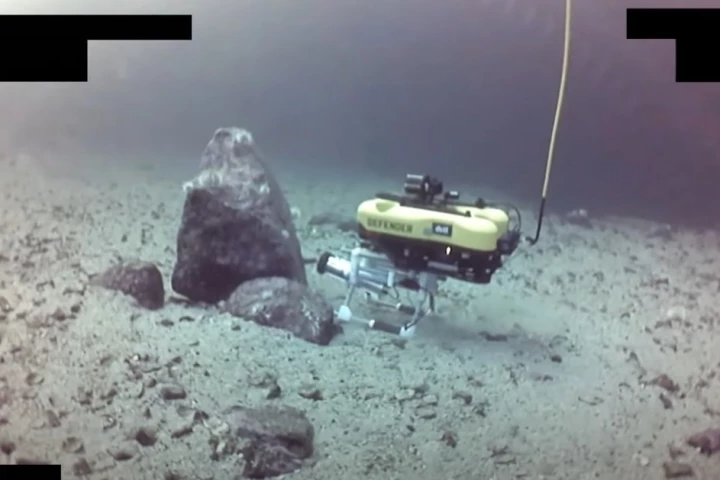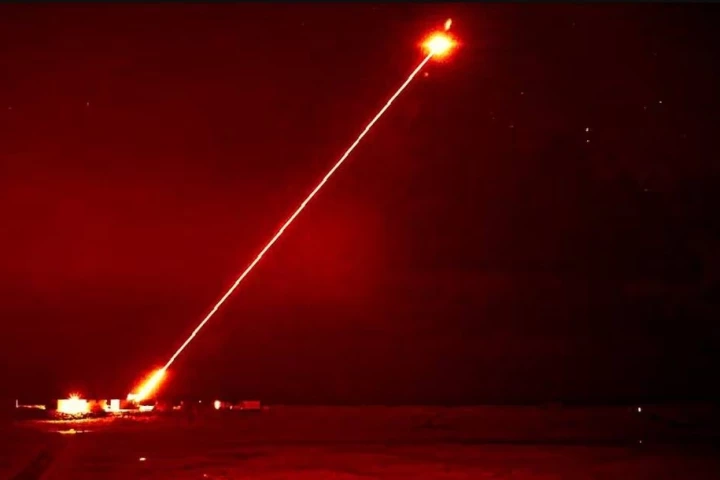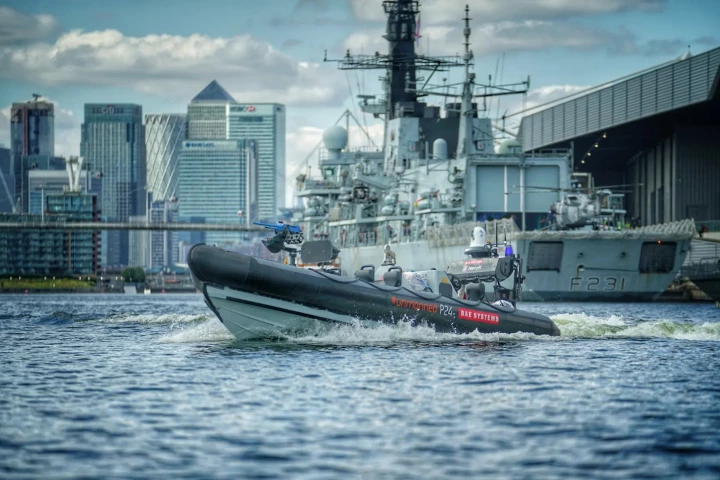Royal Navy
-
The Royal Navy is testing how to use robots to seek out and detonate mines and other threats found near vital yet vulnerable undersea cables and pipelines at greater depths than a human diver can safely reach.
-
Britain has laid the keel for the Royal Navy's largest-ever submarine. At BAE Systems's Barrow-in-Furness facility, the ceremony marked the "birth" of the nuclear-powered and armed HMS Dreadnought, one of the most advanced submarines to date.
-
A Cold War nuclear missile will remain in service for a total of 94 years thanks to a US$383 million US Navy contract, with Lockheed Martin to modernize the submarine-launched Trident II missile and stretch its life until 2084.
-
The Royal Navy is banking on state-of-the-art decoy launchers to protect its stealth ships. The £135 million (US$170 million) Ancilia Trainable Decoy Launcher project will counter the latest missile and drone threats.
-
In a newly declassified video, the $127 million DragonFire high-power laser weapon can be seen spectacularly blasting through mortar rounds and shooting down drones. It's the best look we've had yet of the top-secret battlefield game-changer.
-
Britain has fired its Dragonfire high-powered laser weapon at aerial targets for the first time. The test of the Laser Directed Energy Weapon (LDEW) on the Ministry of Defence's Hebrides Range was designed to demonstrate its power and accuracy.
-
The US, UK, and Australian governments have outlined a plan to provide the Royal Australian Navy with nuclear-powered attack submarines, which includes the development of a new AUKUS-class submarine that will include American and British technology.
-
BAE Systems Autonomous Pacific 24 (AP24) Rigid Inflatable Boat (RIB) has taken a major step from development to deployment, the robotic naval vessel being awarded Lloyd's Register Unmanned Marine Systems Certification for its design and construction.
-
The Royal Navy has awarded a £15.4-million (US$18.9-million) contract to MSubs to build a cutting-edge robotic submarine, called Cetus, that will be the largest in Europe and will be capable of diving deeper than conventional submarines.
-
The first of the Royal Navy's Type 26 City Class frigates, HMS Glasgow, has begun a very slow launch, which will see it shifted onto a special barge before being slowly lowered into the water in an operation that will take days.
-
The Royal Navy's 700X Naval Air Squadron has completed intensive testing of heavy-lift drones at RNAS Culdrose in Cornwall, UK, to determine their fitness for resupplying aircraft carriers and other frontline naval operations.
-
Britain's supercarrier HMS Prince of Wales has become the first surface ship to be equipped with a state-of-the-art atomic clock as it departs for the Exercise Cold Response 2022 NATO joint exercises off the north coast of Norway.
Load More











